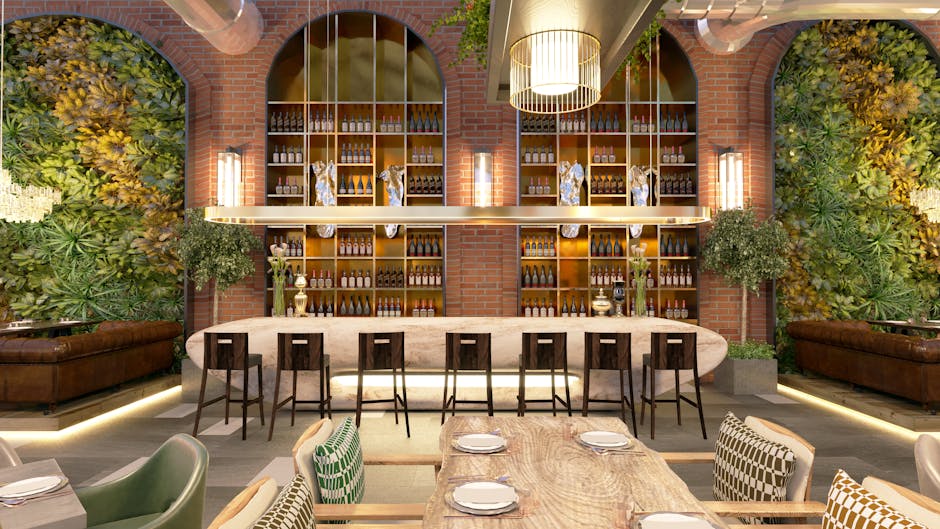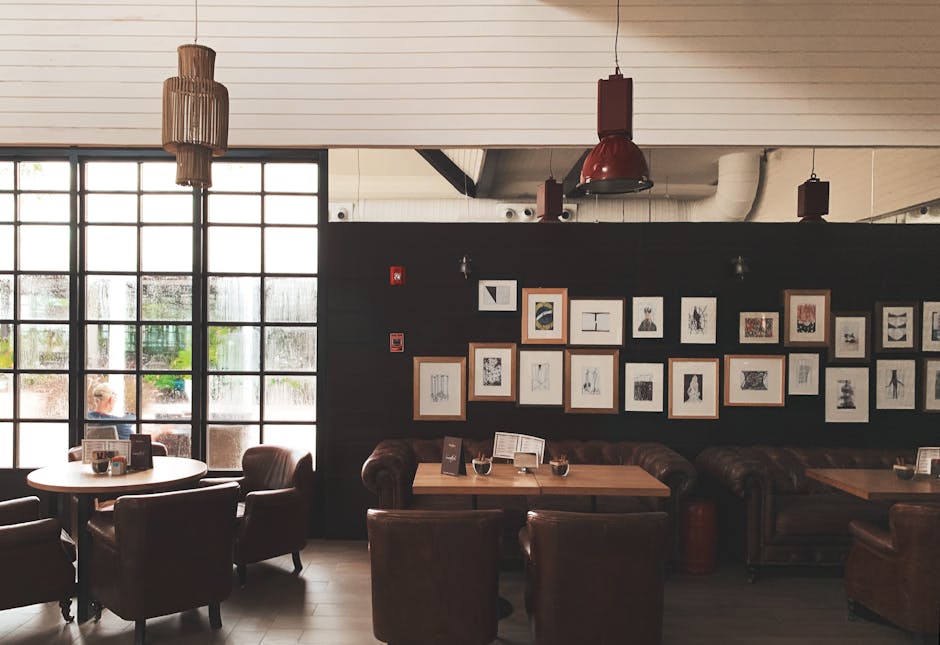Key Takeaways
- Lounges and cafes both define geopolitical boundaries but serve different administrative and cultural functions.
- Lounges are typically larger territorial units with historical and political significance, often encompassing multiple settlements.
- Cafes usually refer to smaller, more localized divisions within a lounge or similar larger administrative region.
- The distinction between lounge and cafe varies significantly by country, reflecting diverse governance and territorial traditions.
- Understanding lounges and cafes requires recognizing their roles in local governance, demographic organization, and cultural identity.
What is Lounge?

A lounge is a geopolitical territorial division commonly used to describe a broad administrative area within certain countries. It often represents a significant unit for governance, demographic management, and regional identity.
Administrative Role and Governance
Lounges frequently function as mid-level administrative units that coordinate governance among smaller subdivisions such as villages or towns. Their boundaries are usually established through historical treaties or governmental decrees, making them important for regional planning and resource allocation.
For example, in some African nations, lounges serve as essential intermediaries between local councils and national governments. These units often oversee public services, infrastructure development, and local dispute resolution within their jurisdiction.
Historical and Cultural Significance
The concept of a lounge often stems from colonial-era territorial organizations or indigenous governance systems. In many cases, lounges have preserved cultural identities by encompassing communities that share language, traditions, and social practices.
Some lounges are recognized as traditional regions tied to ethnic groups or historical kingdoms, which adds layers of cultural significance beyond their administrative purpose. This dual role influences local governance and community cohesion within the lounge’s borders.
Geographic Scope and Population
Lounges typically cover large geographic areas that may include multiple villages, towns, or even small cities. The population density within a lounge can vary widely, from sparsely populated rural zones to more concentrated urban settlements.
This wide coverage allows lounges to act as coordinating bodies for diverse communities, often balancing rural needs with emerging urban developments. Their size and scope make them pivotal for regional development initiatives and demographic statistics gathering.
Legal and Political Importance
In some countries, lounges hold legal status that grants them specific political powers, such as electing representatives to higher levels of government. Their boundaries are sometimes used as electoral districts or zones for implementing government policies.
This legal recognition ensures that lounges remain relevant in national political processes, reinforcing their importance beyond mere administrative convenience. They act as critical units in the distribution of political representation and public funds.
What is Cafe?

A cafe is a smaller geopolitical subdivision often nested within a lounge or equivalent larger administrative unit. It usually serves as a local governance area, focusing on more immediate community needs and neighborhood-level administration.
Local Governance and Community Services
Cafes typically manage day-to-day administrative tasks, including local infrastructure maintenance, public safety, and community welfare programs. They provide a direct link between residents and higher levels of government, facilitating grassroots participation.
For instance, cafes may oversee local schools, health clinics, and small-scale development projects, ensuring that essential services are responsive to local needs. Their administrative scope tends to be more focused and intimate compared to lounges.
Demographic and Social Composition
Cafes often correspond to distinct social or ethnic communities within a lounge, reflecting population clusters with shared identities or interests. This localized structure supports social cohesion and allows targeted cultural or social programming.
In many rural settings, cafes are synonymous with villages or neighborhoods, providing a framework for community events, dispute resolution, and traditional leadership functions. Their boundaries are often well understood by local inhabitants, reinforcing their social relevance.
Geographical Size and Boundaries
Cafes are generally smaller than lounges, with boundaries defined by natural landmarks, historical settlement patterns, or administrative convenience. Their limited size allows for more precise governance and localized planning.
Due to their compact nature, cafes are often the first point of contact for governmental outreach and service delivery. This makes them essential for implementing policies that require community-level engagement and monitoring.
Role in Electoral and Political Systems
In some political systems, cafes serve as polling units or electoral precincts, enabling effective voter registration and election management. Their defined boundaries simplify the logistics of organizing elections and ensuring fair representation.
This role empowers cafes with political significance beyond administrative duties, tying them closely to democratic processes. Their function as electoral units helps maintain transparency and accessibility in local governance.
Comparison Table
The following table highlights key factors distinguishing lounges and cafes in geopolitical contexts:
| Parameter of Comparison | Lounge | Cafe |
|---|---|---|
| Territorial Extent | Large areas often spanning multiple towns or villages | Small localities, usually a single village or neighborhood |
| Governance Level | Intermediate administrative tier linking local and national authorities | Grassroots level focused on community service delivery |
| Population Size | Often thousands to hundreds of thousands of residents | Typically hundreds to a few thousand inhabitants |
| Cultural Representation | Can encompass diverse ethnic groups or historical regions | Usually homogeneous communities with shared traditions |
| Political Authority | May elect representatives to regional or national bodies | Functions as electoral precinct without broader legislative powers |
| Service Scope | Coordinates large-scale infrastructure and policy implementation | Manages local amenities and immediate public needs |
| Boundary Formation | Defined by historical treaties, political decisions, or geographic features | Often follows natural landmarks or settlement borders |
| Role in Electoral Process | Serves as electoral district or constituency | Acts as polling station or precinct |
| Administrative Complexity | Higher complexity involving multiple governance layers | Simpler structure focused on localized management |
Key Differences
- Scale of Jurisdiction — Lounges govern larger territories often comprising multiple communities, whereas cafes administer smaller, more localized areas.
- Administrative Influence — Lounges possess broader political and legal authority compared to cafes, which focus on immediate community administration.
- Cultural Scope — Lounges may represent multiple ethnic groups or historical identities, while cafes tend to align with singular, tightly-knit populations.
- Electoral Functionality — Lounges can function as electoral districts with representative powers, whereas cafes primarily serve as voting precincts without legislative roles.
FAQs
How do lounges and cafes impact regional development planning?
Lounges play a critical role in coordinating large-scale development projects by integrating the needs of various communities under their jurisdiction. Cafes provide essential feedback and manage the implementation of these projects at the local level, ensuring they meet specific community requirements.
Are lounges and cafes unique to certain countries or regions?
The terminology and structure of lounges and cafes are more prevalent in specific countries, particularly in parts of Africa and some former colonial territories. Their exact definitions and functions vary widely depending on national administrative systems and cultural contexts.
Can the boundaries of lounges and cafes change over time?
Yes, boundaries are subject to change due to political decisions, population shifts, or administrative reforms. Such changes often aim to improve governance efficiency or better reflect demographic realities on the ground.
